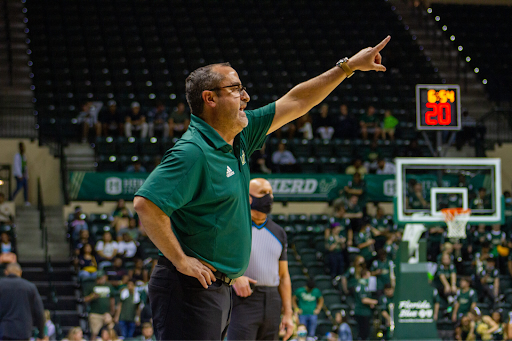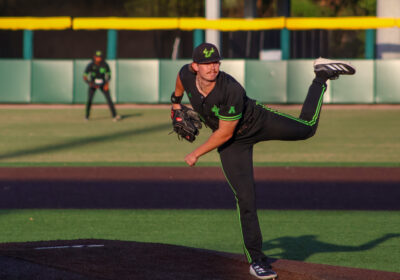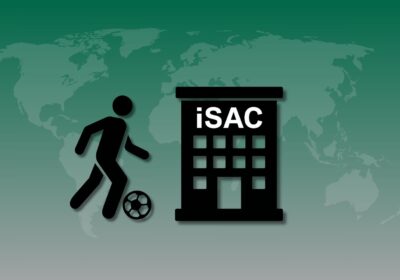USF’s Jose Fernandez on March Madness hopes: ‘Do what we need to do’

It’s been over a month since USF women’s basketball lost a game.
That last loss was a one-point heartbreaker to UAB on Jan. 14. Since then, it’s been nothing but checkmarks in the win column – nine in a row to be precise.
It hasn’t all been smooth sailing getting here. The Bulls were once 5-6, fresh off a double-digit loss to powerhouse South Carolina.
That notched USF (20-8, 13-2 AAC) its fourth loss against a ranked opponent in a brutal non-conference slate.
Related: USF’s L’or Mputu powers team’s winning streak
“We really challenged ourselves in November and December with the type of schedule we played,” coach Jose Fernandez said in a press conference last Thursday. “We definitely went through some bumps and losses.”
The Bulls are a scorching 15-2 since that loss – including an upset win over Duke in the non-conference finale.
USF is now second in the American Athletic Conference – primed for a first-round bye during next month’s conference tournament.
The Bulls sit on the cusp of an NCAA tournament return, according to ESPN’s Bracketology. USF missed March Madness last season for the first time since 2019.
Joining USF on that bubble is St. Joseph’s, Princeton and Arizona. These programs are listed as the “First Four Out,” or the four next best teams after the 68 who qualify for March Madness.
“When you look at those other teams on the bubble, none of those teams played a schedule we played,” Fernandez said.
Fernandez is right about the schedule difficulty. None of those three programs come close to USF’s non-conference strength of schedule.
The Bulls played the 7th hardest non-conference schedule when adjusted for the NCAA Evaluation Tool (NET). The next “First Four Out” team on that list is Princeton – who comes in at 114th.
NET rankings – albeit controversial – are one of the most important factors for determining a program’s NCAA tournament viability.
Critics of the NET say it focuses too much on strength of schedule, particularly with the complexities of the quadrant system.
Related: USF women’s basketball narrowing in on NCAA tournament return. Here’s how it gets there
Fernandez doesn’t seem to be a fan of the rankings, calling them “skewed.”
“You can play a really good basketball team and only win by four or five or lose by two or three, but then you have another team beat somebody’s brains in by 60,” he said. “And that counts more than a close win against a good team or a close loss against a good team.”
The Power 4 – the Southeastern Conference, Atlantic Coast Conference, Big 12 and Big Ten – typically send between five to eight teams to the NCAA tournament.
Last season, these four conferences sent 31 schools to the tournament. Including the Pacific 12 – which is now no longer considered a power conference due to realignment – that number jumps to 38.
The remaining field was made up of 28 programs from 27 smaller, less powerful conferences called “mid-majors.” Rice was the only tournament participant from the AAC.
Power conferences benefit from tougher conference competition, while mid-majors often rely on scheduling a difficult non-conference slate to boost their tournament viability – such as USF’s case.
“All [the NET] does is protect the Power 4 programs,” Fernandez said. “That’s all it is.”
The Bulls’ sit at No. 66 on the NET – two spots ahead of last week’s ranking.
With two games left before the AAC tournament, there’s slim room for error as the Bulls sit within arms reach of March Madness.
“That’s why it’s so important that we continue to do what we need to do, so you have one bad night?,” Fernandez said. “One bad night might keep you out of the NCAA tournament.”
Women’s basketball will play Tulsa on the road at 7:30 p.m. Wednesday. The game will be broadcast on ESPN+ and Bulls Unlimited.







